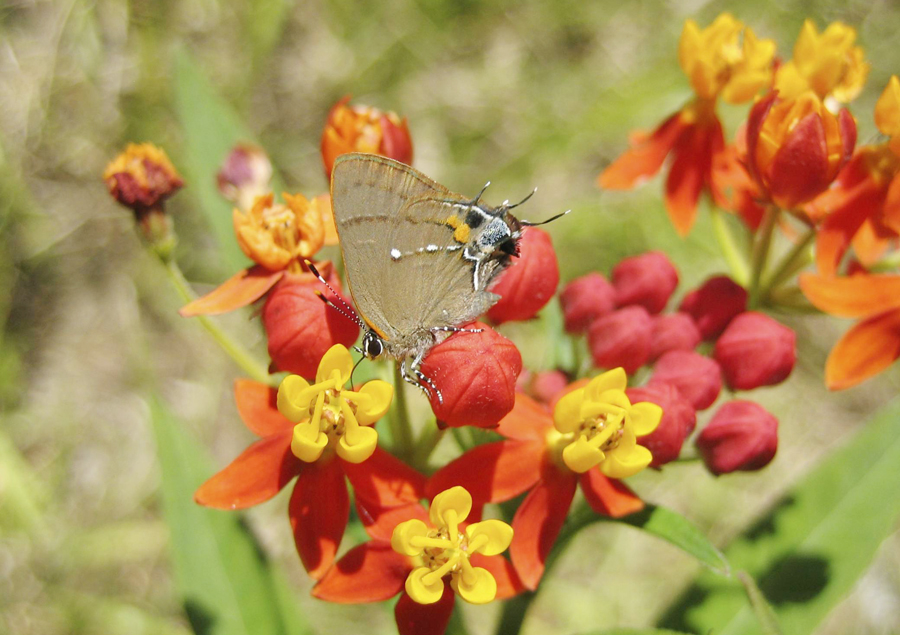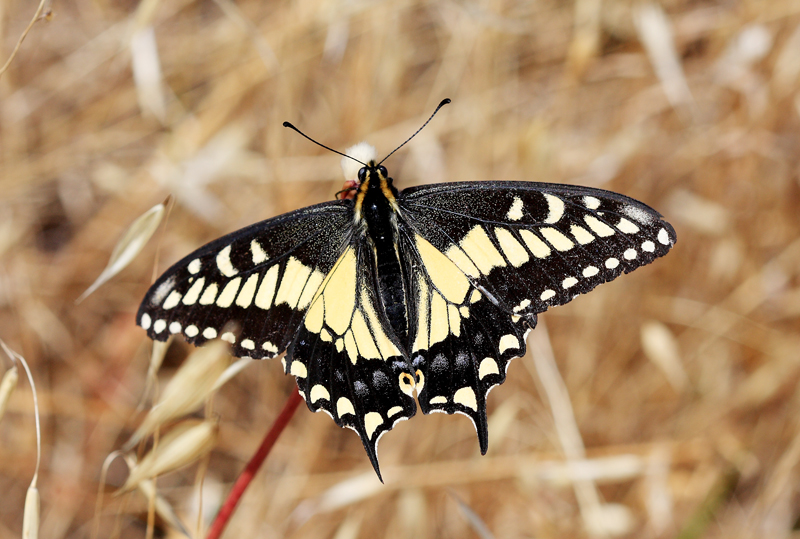Per Chris Grinter, on September 8th, 2010 Dum opus in a magis substantialis post, vos nominare potest hunc papilionem – ac facilisis risus herba. Extra comitatu bonus si vos can coniecto (statum non esse infigo) et quæ nolui elegerunt hoc photo. Hoc prae ceteris DSLR, but my old beat up canon point-and-shoot did manage to get some good ones.

Per Chris Grinter, on September 7th, 2010 
De modo pergere A Beliza triste – in American Crocodile Education Sanctuary has burned to the ground. Fama erat hoc solum in primo aspectu miserum adipiscing elit conservationem ignis scenica amissa. Quod, tamen, non omnis historia,. It turns out that a mob of indigenous Mayans flew into a rage and torched the facility. Quare? Because a psychic told them the owners had murdered children and fed them to their crocodiles!
It was like something out of a Frankenstein movie,” Cherie Rose said Tuesday. “If we’d been home, they would have killed us. They said they were going to chop us up and feed us to the crocodiles.”
National police confirm that the indigenous Maya villagers were acting on the advice of a psychic who said the Roses had something to do with the August 7 disappearance of 9-year-old Benjamin Rash and his 11-year-old sister Onelia.
The question often comes up – “what harm is it really?” – in regards to this sort of anti-scientifc woo. Most of the time, there really isn’t any damage done, except to the pocketbook. Autem, every once in a while, something tragic happens and it all could easily have been avoided with even the tiniest bit of rational thought or discretion. The psychic in town was far and beyond reckless by blaming these gringos – and she should suffer the consequences for her actions. She deliberately blamed two innocent people for the death of local children, which quickly resulted in a severe loss of personal property. Thankfully, Cherie and Vince Rose were both away at the time rescuing a crocodile – they may have not escaped the angry mob had they been at home. Examples of this always make me sad, but reignite my passion for debunking these thieves and criminals.
I suggest visiting the ACES website and blog and either donate or write a note of support. If I weren’t a broke scientist myself, I’d offer more assistance for their efforts to rebuild. Now – who will help educate those villagers before this happens again?!
Per Chris Grinter, on September 6th, 2010 Iam enim, ut nosti semper legunt mea blog on Monarcha, sed catch up here if you’d like to. Yesterday I came across hoc Commentarium in the LA times – Lucus in Pacific regio ad coloniam overwintering, UT. Hic, ab occidente in continentibus divide, there are quite a few monarchs that migrate to coastal California and Baja del Norte instead of traveling into central Mexico. Not all monarchs from California stay in the state, but there are dozens hundreds of known roosting sites (.pdf) up and down our pacific coast.
Pacific Grove has one of the best known localities and has built the local economy around their seasonal migrants (yet no one is deporting these Mexicans). Quid multa?, the town government hired an arborist to cut back dangerous eucalyptus growth. Why was that necessary? Back in 2004 a limb from a diseased native-pine had fallen and killed an 85-year-old woman while on a walk with her grandchildren. In wake of the million dollar settlement paid to the family of the deceased the town decided to preemptively cut back old tree growth. But now everyone is running around screaming foul, the trees were trimmed etiam much. Etiam, the precious homes of the monarchs were disturbed and it has riled the townspeople into a fury. What if the monarch’s don’t return?
Nolite ergo solliciti esse, local filmmaker Bob Pacelli has a solution. Let’s just scatter as many eucalyptus trees as we can find into the grove to attract more butterflies.
In desperation, Pacelli came up with a plan: Find boxed trees — preferably blue gum eucalyptus — around 20 feet high and place them at strategic spots to help shelter the incoming monarchs. But the city has been slow to respond, Pacelli said. One official, Pacelli said, wrongly accused him of stepping on a butterfly, a violation of city code. No charges were filed.
For those paying attention, Imo, the city council of Pacific Grove has a law on the books that imposes a fine of $1,000 on anyone who molests a butterfly. Good things monarchs don’t roost in catholic churches.
Continue reading Monarch Madness
Per Chris Grinter, on August 27th, 2010 This genius of the press is extra special, not for its difficulty, but for its redundancy. I found the same story carried on two separate sources, with different images – and both equally incorrect! I can imagine that it won’t take long for someone to point out exactly what’s wrong with these stories (hint, sunt 2 things).
Here is the first from the Mirror.co.uk “Giant rare moth found in Devon”.

And the second from the Daily Mail online ” Rare Luna moth found on Devon…”

Per Chris Grinter, die 24 mensis Augusti, 2010 And while I catch up you can watch some creepy Isabella Rossellini re-enact the mating strategies of a bedbug. You should also read, if you haven’t caught it already, in excellent bedbug article written by the distinguished (and my former professor) Berenbaum Maii.
[youtube=http://www.youtube.com/watch?v=MakIB_IJnu0&feature=search]
Per Chris Grinter, in August 14th, 2010 Tonight, if you’re in San Francisco, you should make your way to Showdogs bar (near the SoMa) for skeptics in the pub with the honorable James Randi! I’ll be in attendance, along with a few fellow entomologist friends. Try this facebook link – but if that fails, the event starts at 9pm.
If you’re not in SF, enjoy some Randi videos instead!
[youtube=http://www.youtube.com/watch?v=M9w7jHYriFo]
Per Chris Grinter, in August 10th, 2010 
Pictured est niger album-nervia (Aporia ssp crataegi), and it is currently being returned to the Korean Institute of Biological Resources. Rediit adepto personas reperiantur,, quod sit, quotidie – et quoque numeri in milia multa specimina ex-. I myself have a few hundred moths out on loan from a handful of museums that are pending research. As soon as I finish my work (or request an extension), the specimens are promptly returned accompanying my paper. Unfortunately it is not a rare occurrence where loans have gone out, and remained out without permission, for decades. At least in one case to my knowledge (names and institutions redacted) the loaned specimens were out so long they created a small international incident. Foreign ambassadors had to formally request the specimens, which had to be presented in person by our ambassador to their country.
This butterfly, tamen, I don’t believe was part of a loan. So why is it going back to Korea?
Continue reading A Disturbing New Trend?
Per Chris Grinter, on August 9th, 2010 This one is just etiam easy. The billboard is on I-35 south of Burleson, Texas.

I don’t know the true provenance of this image, but it came my way from Omar Bocanegra via Mike Quinn on the Texas Lepidoptera list-serv.
Per Chris Grinter, in August 8th, 2010 
I stumbled upon (not on stumbleupon) these colored SEM images on the Telegraph webpage today. I especially love this image of a Calliphoridae larva (Protophormia sp.) that seems more out of a C-rated science fiction movie than nature. It reminds me of both a freakish Star Wars character and a Muppet at the same time. The abrupt departure from standard mammalian body architecture makes insects prime candidates for other-worldly aliens. Insects must have been used as a guide for movies like District 9, Starship Troopers, Alien, Galaxy Quest… just to name a few recent ones. I am sure that other, more well-accredited, sci-fi geeks out there can think of even better examples. Along the same lines I recall these images I snapped of a Cerambycidae beetle below – Moneilema gigas. This was in the earliest days of my new camera so I can’t look back on them as perfect shots.
Continue reading Muppet Monsters
Per Chris Grinter, die 6 mensis Aug, 2010 
Hic est mons masculus Papilio Celiaco, aut Anise hirundotail. Hoc papilio late diffunditur in civitatibus Pacificis occidentalibus et verisimiliter multo communior quam olim fuit. Post introductionem faeniculi (Foeniculum vulgare), et post fugam horti, anethum deglutiat pro communi California papilionem. Forsitan ante haec planta nostras vias consecutus est zelicaon ut restricta fuerit ad Mons campestribus multitudine magna, nunc trans hortos in omnibus Californiae invenire potes. etiamsi, res in meridionali CA versari videntur, ubi hoc papilio ab urbanis areis evanescit. Recens introductio gypsy tineae ad Venturam/LA areas initiavit Insecticium spargit regimina – nedum speciem incursionis parasiticae Tachinidae quae majores leps amat. Ex orientali oram musca parasitica haec et gravis spargens tineam Caesaream exstirpavit (Eacles imperialis) multum est scriptor range, relinquens eam periclitatur maxime de Nova Anglia.
Continue reading Butterfly Porn
|
Scepticismo
|








